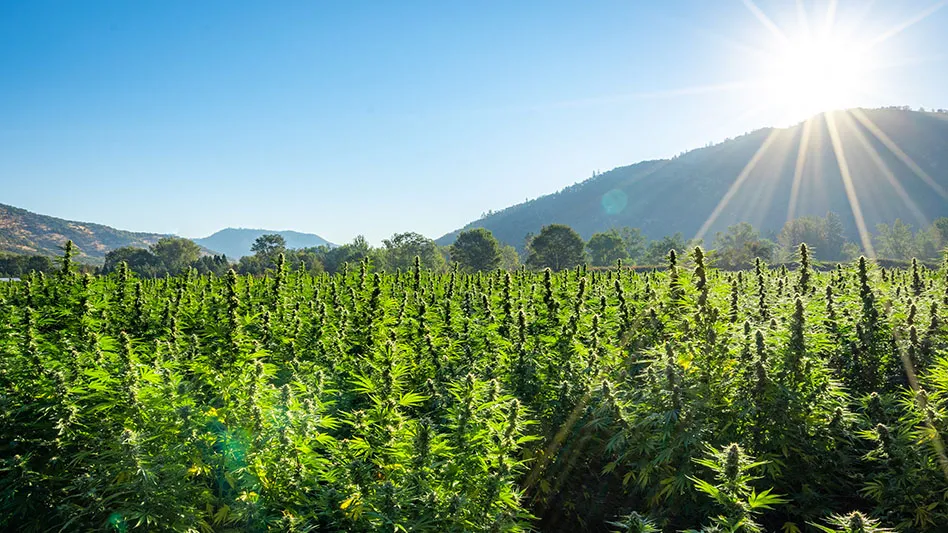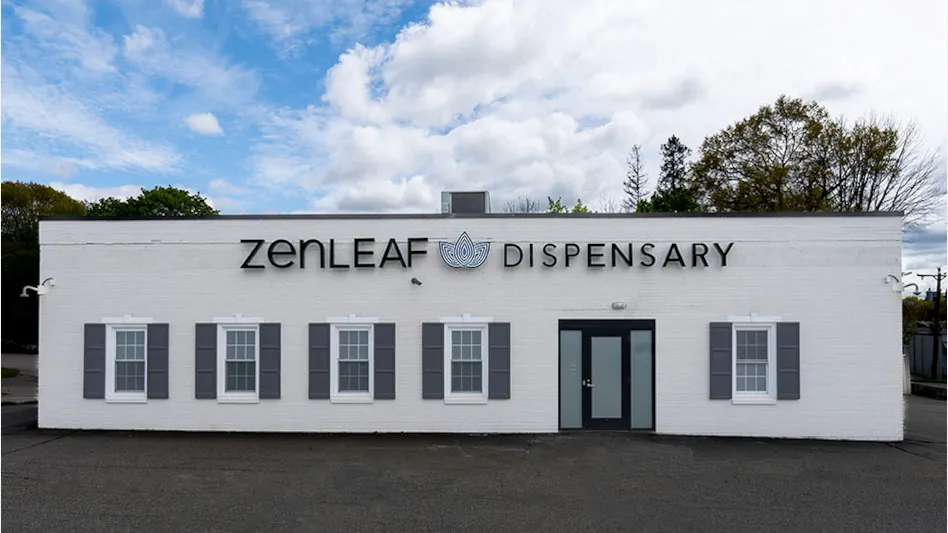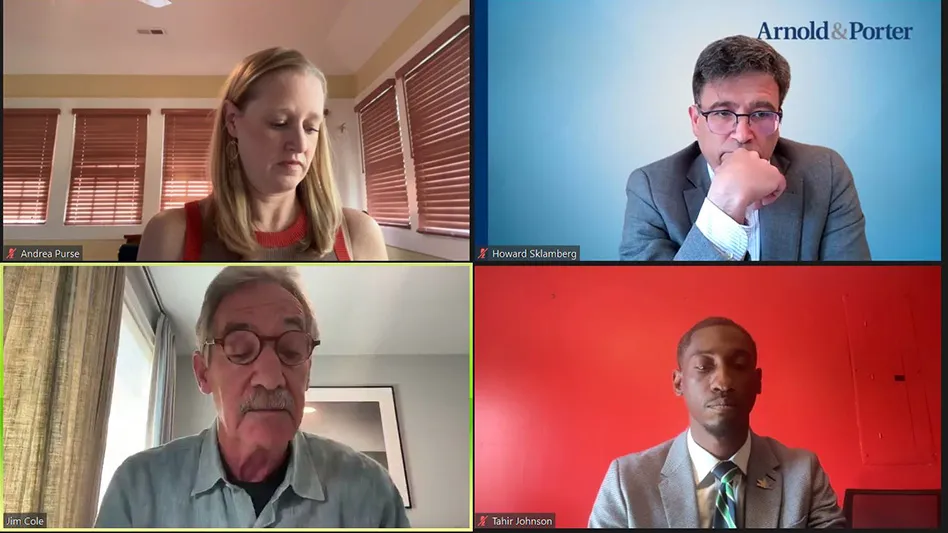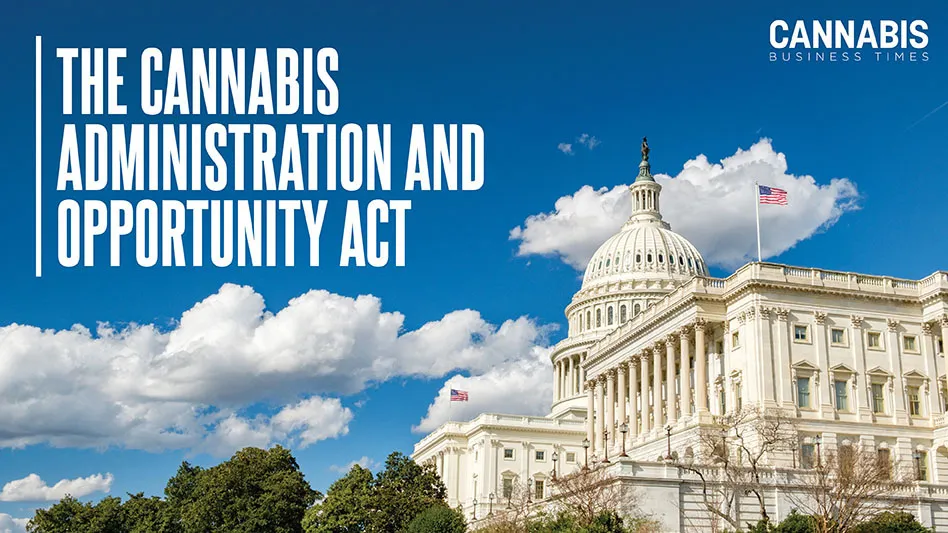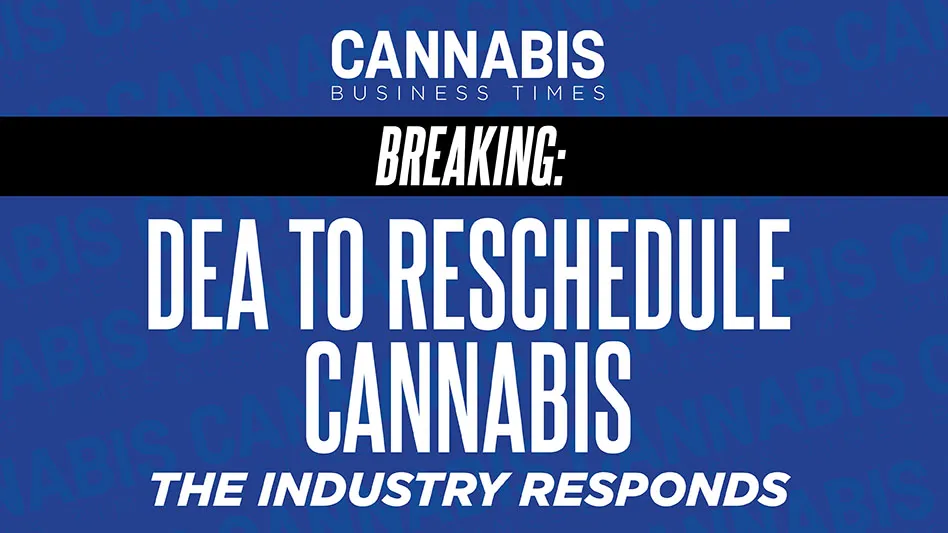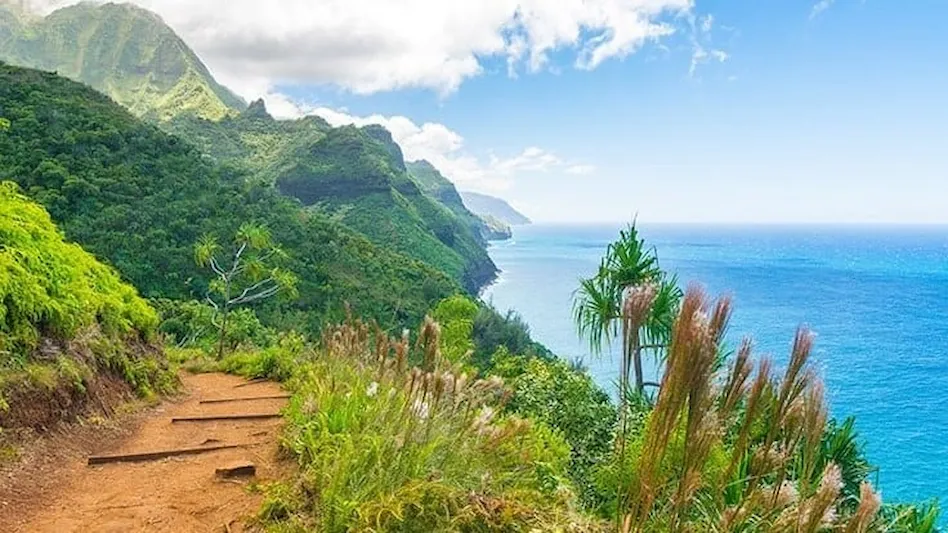
Adobe Stock
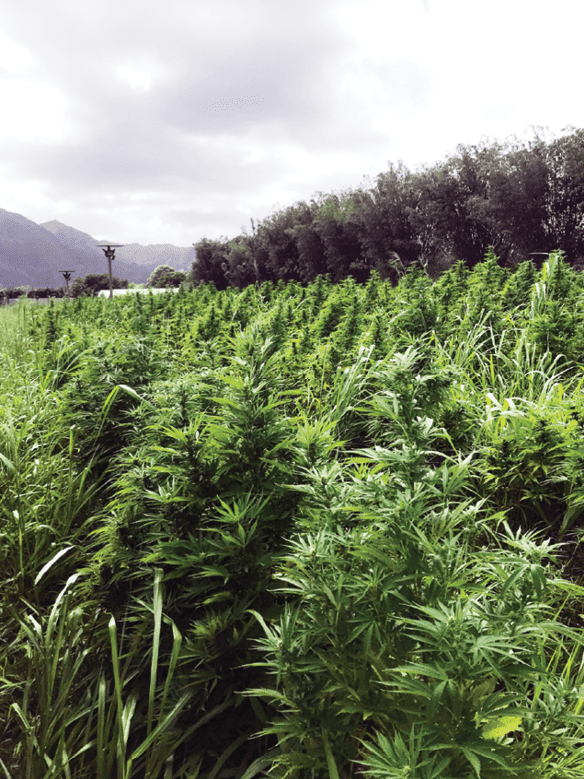
When it comes to destinations, Hawaii is the epitome of paradise with its abundant sun and ocean-washed shores.
But for hemp growers in the state, the situation isn’t so picturesque. Some even say growing hemp in Hawaii is a downright nightmare.
Between legislative hurdles and less-than-ideal conditions for growing hemp, cultivators in the state have had profuse challenges to overcome.
Ray Maki, president of the Hawaii Hemp Farmers Association and owner of Hawaii Nexus Hemp (located on Kauai), says he’s giving hemp cultivation one more try before abandoning it altogether. He thinks other growers throughout the island chain may be close behind.
“I’m into my last ploy to stay alive. I’m hoping I can break even or generate a little profit in the smokable flower market,” Maki says. “Otherwise, many—and myself included—are considering leaving the industry.”
Early Start, Late Follow-Through
Growers in the state say Hawaii’s legislators have been unfriendly toward hemp, even after the state handed hemp regulation over to the U.S. Department of Agriculture (USDA) late in 2020. But the state hasn’t always held a negative attitude toward the crop.
In fact, Hawaii became one of the first states in the country to show an interest in hemp cultivation. In 1996, the state passed a law calling for “a study on the economic potential, problems, and other related matters of growing nonpsychoactive industrial cannabis hemp as an agricultural product in Hawaii.” Following that study, in the early 2000s, Hawaii passed laws defining hemp and opening opportunities for privately funded hemp research.
Hawaii’s early open arms to hemp came at a time when the state’s sugarcane production levels had dipped to lows not seen since the early 1900s as mainland production became more efficient. Sugarcane, once one of the islands’ largest agricultural products, has since virtually disappeared from the state.
At that time, farmers were looking for new crops to keep agriculture alive in Hawaii, says Gail Byrne Baber, who serves as treasurer of the Hawai’i Farmers Union Foundation and co-owns Hawaii Royal Hemp on the big island with her husband, Cab Baber.
Gail says Cab was among the first farmers to advocate for hemp in those early days, which eventually helped lead to passage of the state’s first hemp research laws.
“In many ways, Hawaii was a pioneer in terms of thought and potential, but we have not had the follow-through, which is really frustrating,” Gail says. “We missed the big boom with hemp.”
Hawaii’s laws remained relatively stagnant until recently, Maki and Gail say. Hawaii didn’t pass a pilot program that was open to commercial cultivators until 2018, and even then, licenses were administered on a limited basis.
Growers thought the pilot program would present opportunity—but it instead came rife with problems.
‘Double Regulation’
In those early days of the pilot program, Maki says growers were at a major disadvantage. “I couldn’t even transfer biomass off my farm until one year ago,” Maki says. Instead, he explains, growers had to process their own products directly on-site. “They made everybody recreate the wheel on their own farm.”
Growers also had to deal with an excess of paperwork, including filling out requests to import genetics to the islands from anywhere outside of Hawaii. And microbial reports for biomass were some of the strictest in the country, Maki says.
“[Hawaii] just always exceeded any national requirement based on fear of a problem that didn’t exist,” Maki says. “… We just kept moving and going and waiting and believing that it would change.”
Some change did come. Growers can now transport biomass off their farms to other businesses with hemp licenses (like processors), and the state’s switch to USDA regulations last year helped reduce some of Hawaii’s more rigorous standards.
Still, challenges abound. Growers still need to fill out paperwork when transferring most hemp material on and off their farms. “We have to get approval and send in paperwork before we purchase seed from anywhere. If we don’t get approval, we can be fined up to $10,000,” Gail says. “That would put any farmer out of business in a heartbeat.”
Cultivators also need to be sure they’re planting hemp 500 feet from most other pre-existing properties, including homes, apartments, playgrounds or schools. “Most of our farms are small family farms,” Gail says. “We have long spaghetti lots on this island, and that automatically wipes a lot of agricultural land out from being able to grow hemp.”
Hawaii law also dictates that state regulators can visit cultivators at any time to assure they’re keeping proper documentation. Gail says these inspections come at the farm owner’s expense. “We’re under double regulation,” Gail says.
“It’s very frustrating here, and we’re suffering,” Maki adds. “The entire industry is just puttering along at inefficient levels.”
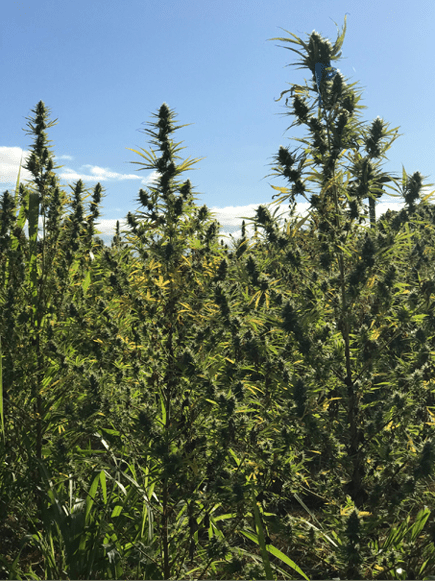
Production Challenges
Regulations aren’t the only problems hemp cultivators face in the state. Despite the warmth and abundance of greenery throughout Hawaii, hemp cultivation is not so simple.
Because the state is so close to the equator, its summer days are shorter than those on the mainland, where many producers source their genetics from. That results in the plants needing supplemental lighting to maintain their vegetative state, even when grown in the field.
The islands’ close proximity to the equator also results in more intense UV radiation from the sun, which studies have shown can boost THC beyond the low levels required for hemp.
Supplemental lighting isn’t the only additional expense cultivators incur. Gail says most things on the islands cost more than on the mainland, such as labor, store-bought inputs and shipping.
Environmental conditions during the rainy season can also cause mold and mildew problems, Maki says. Each of Hawaii’s eight main islands also have varying conditions that can play into yield and crop performance.
“[Through] every bit of the production stream, Hawaii operates at a disadvantage,” Maki says.
Some growers, however, have found a sweet spot among the state’s complexities. Gail says she and Cab have found a prime spot on the Big Island to cultivate hemp. That, along with their supplemental planting with other crops and homemade inputs, has allowed them to reap four to five hemp harvests each year.
“One of the great things about Hawaii is year-round growing, but you need to understand photoperiod and day changes,” Gail says. “You also have to be knowledgeable about breeding and working with hemp to make sure it’s compliant. Things that are easily compliant on the mainland are not easily compliant here.”
The Future of Hemp in Hawaii
Maki is selling smokable hemp this year—one of the more lucrative hemp products on the market. Still, it’s a gamble, as smokable hemp is not legal in the state and will need to be shipped to those on the mainland.
“It’s do or die at this point for the average Hawaiian hemp farmer,” Maki says. “There’s no more punches to be pulled. It’s got to have its day, or we’re just going to watch this [industry] melt away.”
Gail has a slightly more optimistic view of the crop’s future on the islands, especially since the state established interim processing regulations and opened up the CBD market in August to allow the sale of tinctures, tablets, capsules, powders and topicals. CBD in food and drinks are still prohibited.
Data shows others in the state are optimistic, too. Last year, the state’s department of agriculture licensed nearly 50 growers. This year, the USDA has licensed 80, according to a USDA spokesperson.
Gail is hopeful the hemp industry will rival the Kona coffee industry in the state—a boutique yet lucrative commodity defined by quality. “It’s inevitable,” Gail says. “What I hope is that the state will embrace farmers more and get out of our way.”
She also sees hemp as an opportunity not only for farmers to make money, but also for cleaning up and restoring the soil left behind from sugarcane and other big ag on the island.
“A lot of Hawaii’s agricultural land is beat up. Hemp can play a remediation role for sure,” Gail says. “I really would encourage people here to farm regeneratively.”
Theresa Bennett is editor of Hemp Grower.
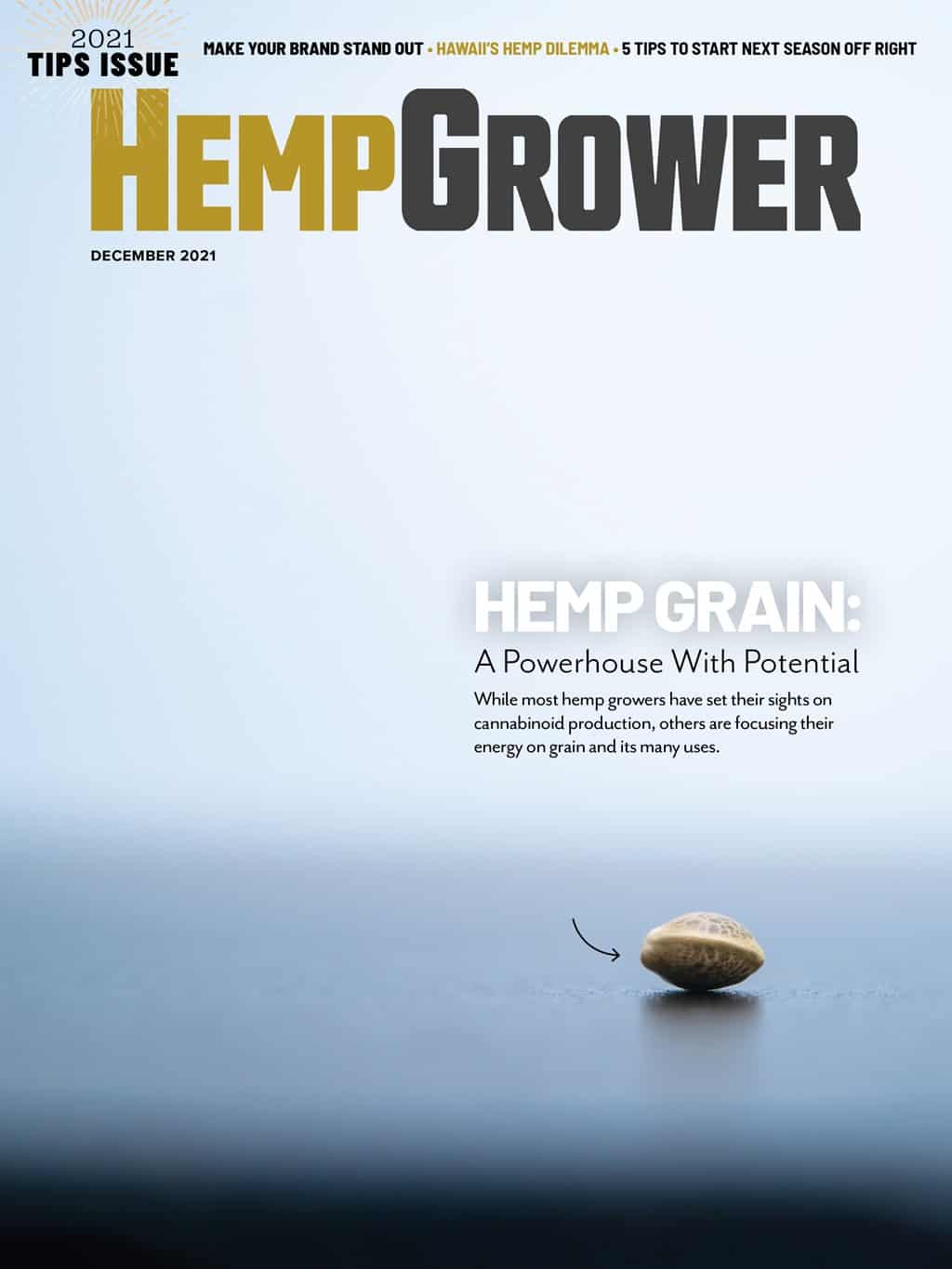
Explore the December 2021 Issue
Check out more from this issue and find you next story to read.
Latest from Cannabis Business Times
- South Dakota Group Submits 29K Signatures for 2024 Adult-Use Cannabis Legalization Measure
- Rescheduling Would Have Saved Verano $80M in 2023 Tax Payments, CEO Says
- Aurora Marks 1st Medical Cannabis Shipment to New Zealand Market
- Where All 100 US Senators Stand on SAFER Banking Act
- Blumenauer Unveils Legislative Blueprint, Additional Administrative Action Needed Following Rescheduling
- Cannabis Rescheduling FAQ: What Now?
- From Custodian to Cultivation Supervisor
- California City in Cannabis Retail Desert Welcomes 1st Dispensary
